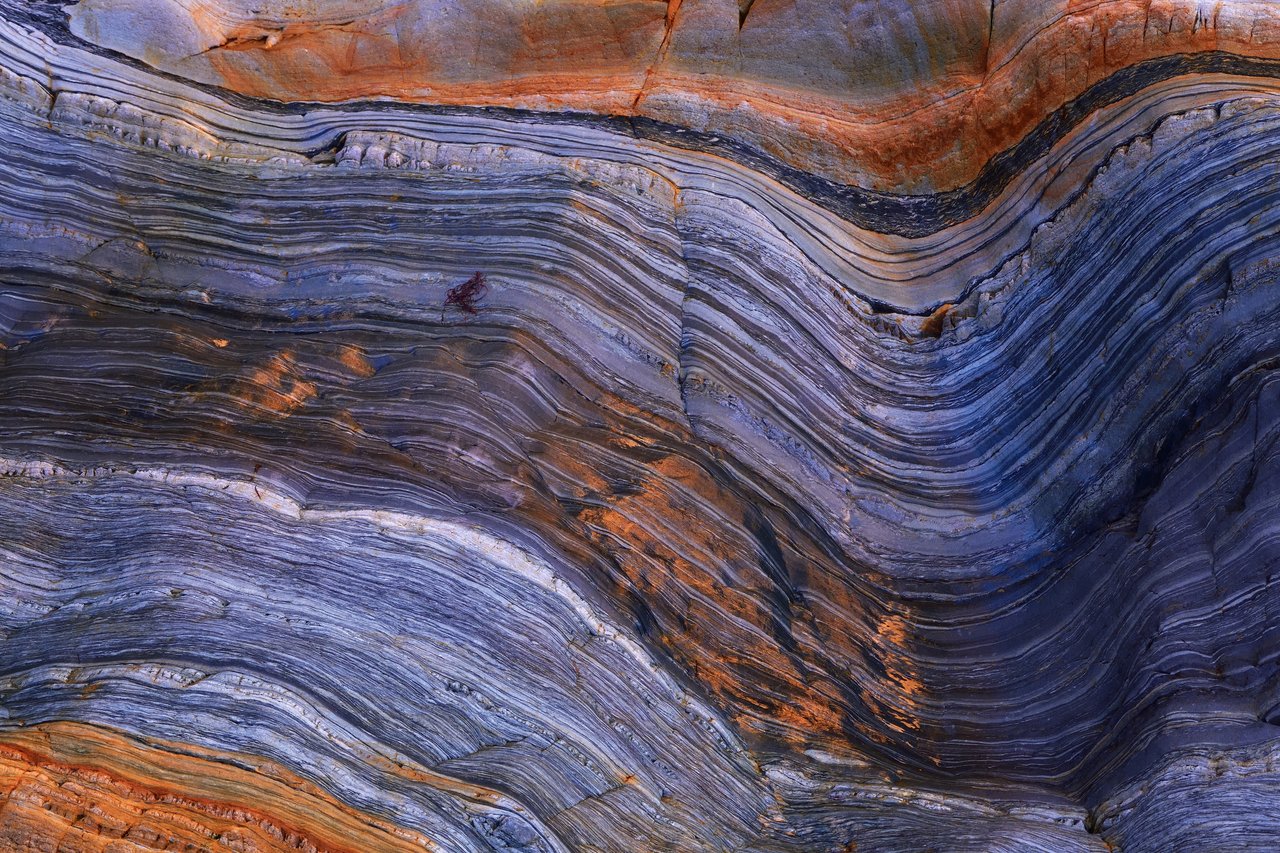Technical publication
Multi-dimensional deconvolution as a framework for processing andtargeted imaging – a comparison of redatuming approaches
2 Jun 2025
Authors
Ivan Vasconcelos, Shearwater GeoServices; Ning Wang, KAUST; Matteo Ravasi, presently Shearwater GeoServices, formerly KAUST; Chris Purcell, Shearwater GeoServices.
86th EAGE Annual Conference & Exhibition
SUMMARY
Across many applications in seismic processing and imaging, multi-dimensional deconvolution (MDD) appears in many forms, and over recent years, has gained much traction, particularly in the context of processing ocean bottom (OB) data.
Leveraging a computational implementation that combines matrix-free time-domain multi-dimensional convolutional operators with efficient numerical optimisation schemes, we approach MDD as a general framework applicable to multiple geophysical purposes. As examples in the context of processing OB data, here we discuss and compare receiver-side MDD and source-side MDD: The former redatums the survey to the receiver datum, while the latter redatums it to the source surface – both without free-surface effects.
For reservoir imaging and monitoring, we discuss target-oriented redatuming (TOR) by MDD, which in turns relies on input wavefields resulting from a prior redatuming step, such as wavefield injection or Marchenko-based approaches. Using OB data from the Volve field, we compare source- and receiver-side MDD as alternatives to processing OB data, where we observe both of the surface-based approaches yield good-quality, comparable results in estimating responses and corresponding depth images without free-surface effects, with the source-side method showing increased robustness to increased receiver spacing.
When comparing depth imaging results, we observe that TOR by MDD also delivers comparable images to either surface-based methods, reassuring us that such targeted imaging and monitoring approaches are viable for our MDD framework.
LET’S FIND A SOLUTION THAT FITS YOUR NEEDS

